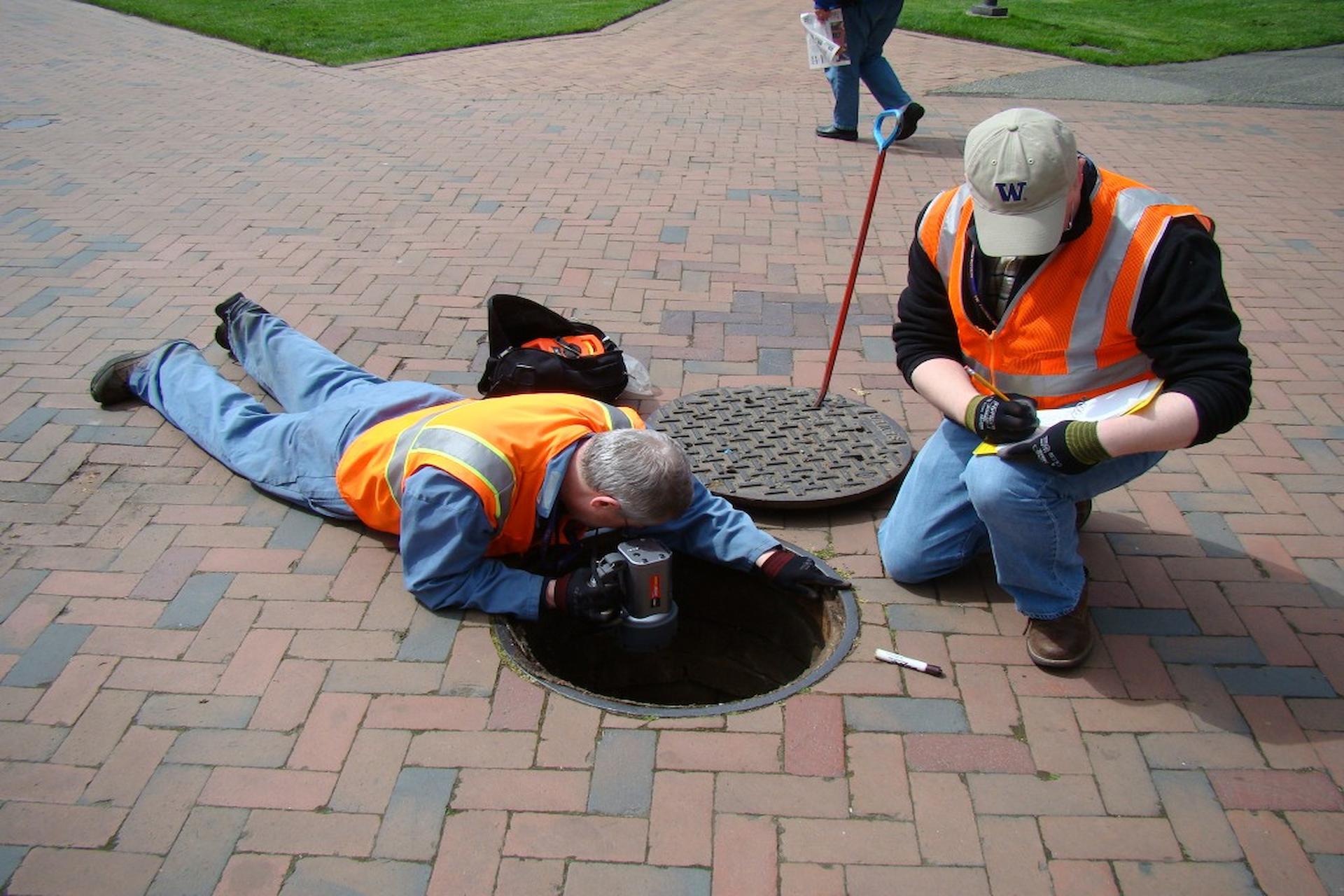If your drainage pipes have been damaged or have simply come to the end of their life due to old age or poor manufacturing, it may seem that getting new drains will be extremely costly and time consuming, offering huge amounts of upheaval in the process. However, in reality, the process is now extremely easy to carry out and could leave your pipes as good as new without you even noticing the work has been completed.
DRAINAGE ISSUES
When you have experienced any type of drainage issues, from awful smells right through to clogged pipes and sodden grounds, it will be vital to get an expert opinion on the best approach going forward. For example, if drains are already corroded and you choose to use liquid drain cleaners to deal with a blockage, you may well exacerbate the problem in the long run and find that a simple blockage leads to your pipes needing a whole new lining.
Once you have ascertained the cause of the problem, it may be that simple drain jetting is all that is needed, or it may be that you do indeed need to have your pipes relined. Either way, the source of the problem can be easily found using cameras, causing no upheaval and ensuring the best conclusion to an issue. If it turns out you do need new pipe lining, it will then be important to make sure you choose the right company to carry out such a task.
WHAT TO EXPECT
It is not uncommon to picture diggers turning up at your home or offices and ripping up huge chunks of earth to get to your pipes, before workers present you with a huge bill for many man-hours of labour and the huge number of materials that have been used. In reality though, the process is far less intensive, intrusive or expensive.
The first step will involve a simple survey. Using CCTV cameras, the company lining your drains will ensure the pipe is clear of debris before measuring the exact length of the lining that will be needed. From here they can ensure that the lining is cut to size long before it enters the pipe, causing fewer problems and reducing both cost and time.
Once the lining has been cut to size, resins are mixed and added to the lining to create a product that will then be pulled into place with rods or rope. The ‘inversion’ will then take place. Air will then be pushed through the pipe with a specialist inversion hose, inflating the lining and ensuring it covers the old pipe evenly, creating a brand new surface, free from blemishes.
The lining is then ‘cured’ for two hours before the hose is removed, leaving in its wake a brand new pipe that has been fitted and checked remotely via one end of the pipe, all without any disruption being caused to a household or business.
For those who are worried about the cost or hassle of having pipes relined, the modern process makes it both easy and, when you choose the right company with the right skills, tools and experience, very cost-effective too.
About the Author – Adam Howes is a freelance writer and blogger. He regularly writes articles about drain cleaning and pipe lining, using websites such as www.jethrough.com to stay up to date with all the latest industry news and developments.


